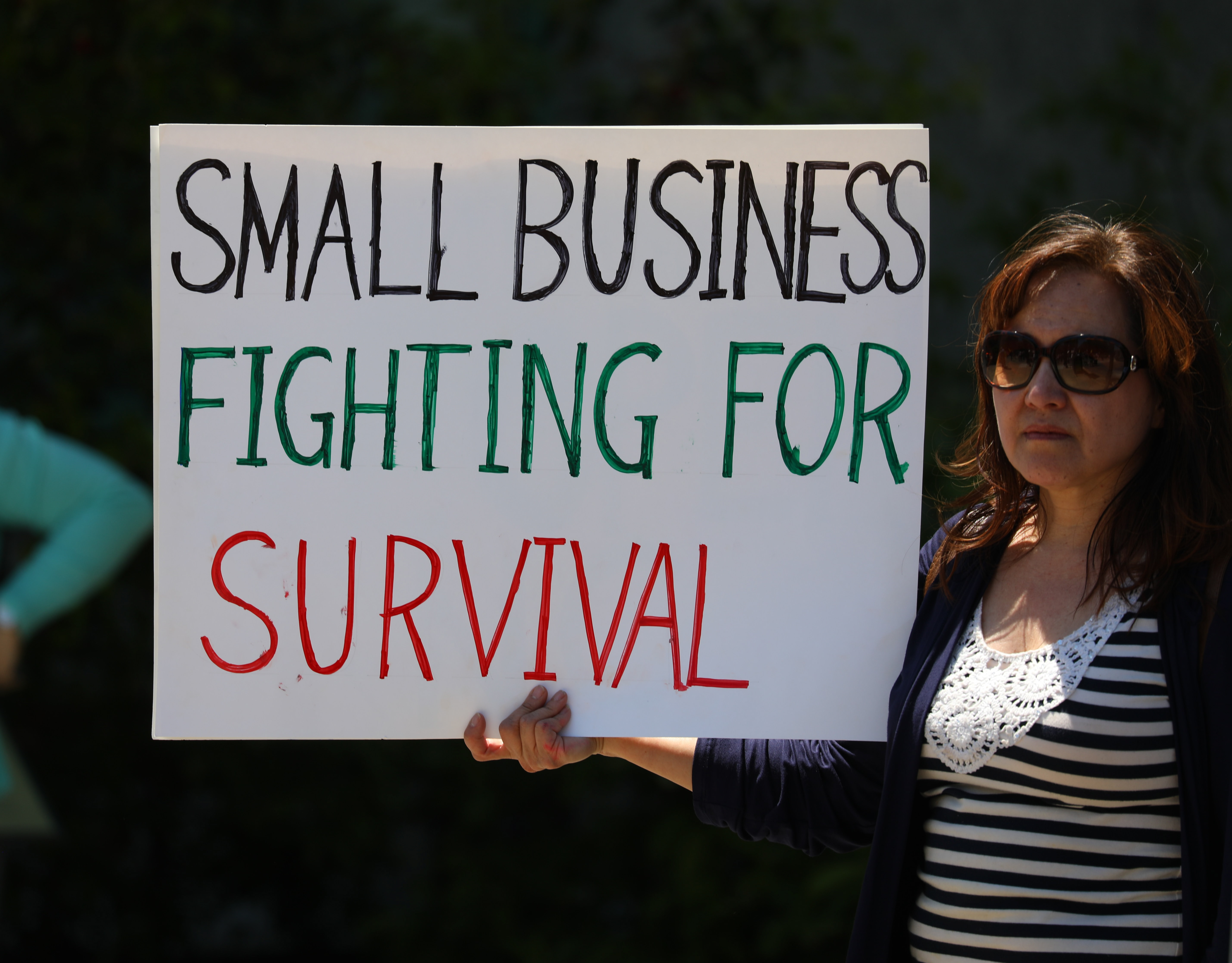Photo by Charles Deluvio on Unsplash
Distributed workplaces for distributed workforces
It can be argued that what helped fuel the flexible office revolution could potentially finish it. Improvements in internet provision and the mainstreaming of cloud computing freed knowledge professionals to work from anywhere. The exponential growth in the number of serviced offices tracked the adoption of these technologies. The same technologies, and in the case of the UK the achingly slow betterment of domestic internet speeds, increasingly means that the same people can now work from home (WFH). Far from being a perk, WFH looks like becoming a permanent pattern. Twitter, Facebook, and Google have all gone public suggesting as much. It is clear they see significant opportunity in developing a distributed workforce, particularly in overheated CRE markets such as Silicon Valley. The implications extend beyond establishment costs, Facebook is openly talking about the potential to ‘localise’ salaries for example.
WFH has proven to be a painless and cost-effective business continuity solution for many organisations. Many have reported improvements in productivity and the achievement of a better work-life balance. As we move forward, corporates will be under pressure to continue to reduce costs but at the same time will find the cost of running the office increasing through the reduction in permitted staff densities combined with the far from incremental health and safety obligations.
Aside from the attendant dangers that are now strongly associated with mass transportation, employees will themselves welcome the continued savings that come with WFH. A March 2020 study from Global Workspace Analytics in the US suggested that WFH saves employees save around $4,000 a year through reduced costs for travel, food, and work clothing. Meanwhile corporates save in the region of $22,000 per employee per year.
Eventually, the world’s attention will turn back to the climate agenda. The lack of commuting during the pandemic has already led to significant, if temporary, declines in pollution levels. Corporates will come under pressure not to be the “bad guys” in re-creating a new crisis. WFH reduces everyone's carbon footprint.
It is unsurprising therefore that we are beginning to see the emergence of a more integrated and co-ordinated corporate office strategy: smaller central hubs and enlarged provision of surrounding spoke locations offering team rooms and advanced communication technologies. WFH will be supplemented by Work Near Home (WNH).
This opens up opportunities for flexspace providers to explore new ‘ring donut’ locations near commuting hubs but remote from the centre of conurbations, flexing the offer to serve to corporate clients looking for ‘distributed’ space.










